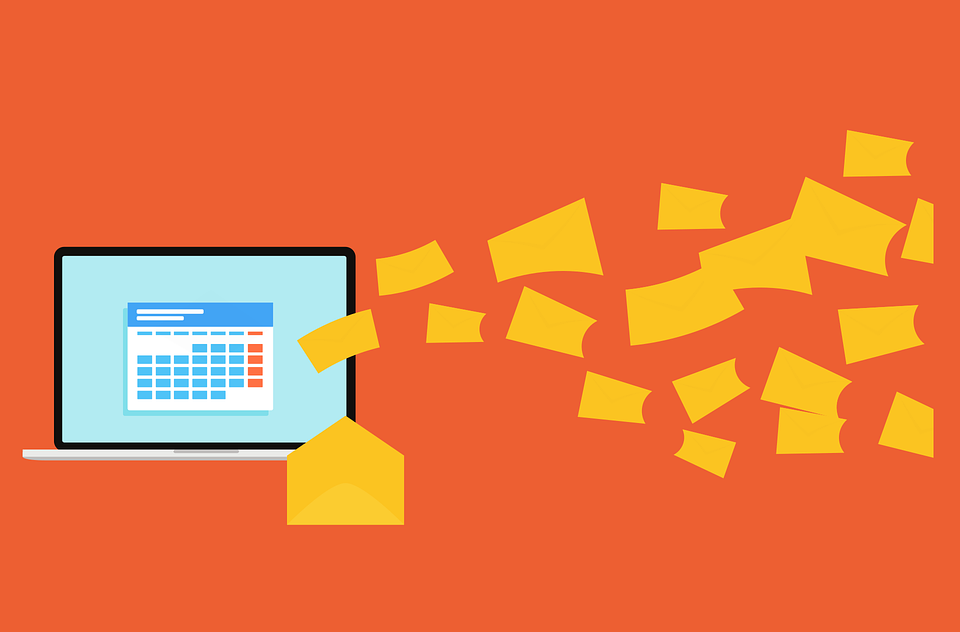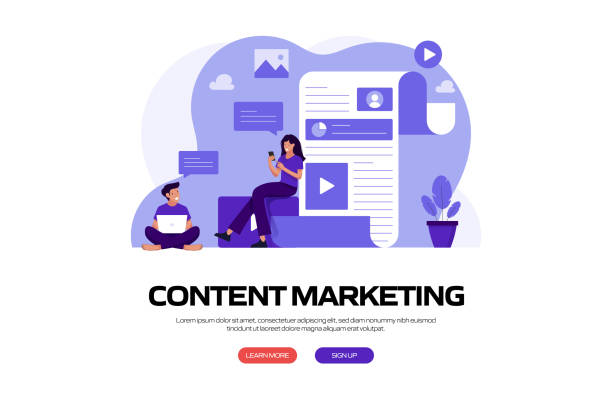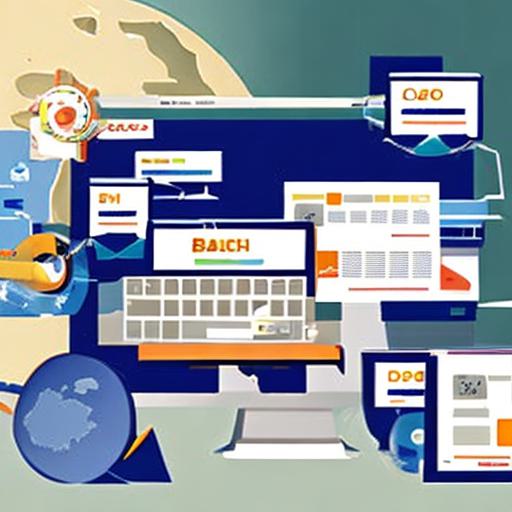One of the biggest challenges is keeping up with the ever-changing trends and technologies that can help you grow your business. Email marketing automation is one such technology that can help streamline your marketing efforts and maximize your return on investment. In this article, we’ll look at the basics of email marketing automation, its benefits, and how you can use it to grow your business.
What is Email Marketing Automation?
Email marketing automation consists of sending targeted and personalized emails to your subscribers based on their behavior and preferences. It involves the use of software to automate the email campaign process, such as sending welcome emails, abandoned cart reminders, product recommendations, etc.
The goal of email marketing automation is to improve the effectiveness of your email campaigns by delivering the right message to the right person at the right time. It allows you to engage more effectively with your subscribers and build a long-term relationship with them.
Benefits of Email Marketing Automation
Email marketing automation has many benefits, including:
Save time and effort
Email marketing automation saves you time and effort by automating repetitive email campaign tasks. You don’t need to manually email every subscriber or segment your list based on their behavior. Instead, you can set up automated workflows that trigger emails based on specific actions or events.
Increases return on investment
Email marketing automation can increase your ROI by delivering targeted, personalized content to your subscribers. It helps you nurture your prospects and convert them into customers by sending them relevant and timely messages and to boost your sales.
Improves engagement
Email marketing automation improves engagement by delivering relevant content to your subscribers. It allows you to send targeted messages based on their behavior, preferences, and interests, increasing the chances that they will open and click on your emails.
Strengthens customer loyalty
Email marketing automation builds customer loyalty by delivering personalized and relevant content to your subscribers. It allows you to build a long-term relationship with them by sending them email messages tailored to their needs and interests.
Understand your audience for successful automation
To create successful email marketing automation campaigns, you need to understand your audience. This involves collecting data about their behavior, preferences and interests and using this information to create targeted and personalized content.
In particular, you can collect data about your audience:
Investigations
Surveys are a great way to gather data about your audience’s preferences, interests, and behavior. You can send surveys to your subscribers and ask them to provide feedback on your products, services, and email campaigns.
Website analysis
Website analytics can provide valuable information about your audience’s behavior, such as the pages they visited, the time they spent on your site, and the actions they took. You can use this information to create targeted email campaigns tailored to their interests and behavior.
Social media analysis
Social media analytics helps to know your audience’s preferences and behavior on social media platforms. You can use this information to create targeted email campaigns tailored to their interests and social media behavior.
10 examples of automated campaigns
Here are ten examples of automated campaigns you can set up using email marketing automation:
Welcome emails
Welcome emails are the first emails your subscribers receive when they sign up for your email list. They’re a great way to introduce your brand, set expectations, and give your followers a warm welcome.
Abandoned Cart Reminders
Abandoned cart reminders are emails sent to subscribers who have added items to their cart but have not completed their purchase. It’s a great way to remind subscribers of what they forgot and encourage them to complete their purchase.
Post-purchase follow-up
Post-purchase follow-up emails are sent to customers after they make a purchase. It’s a great way to thank them for their purchase and ask them about their experience.
Product Recommendations
Product recommendation emails are sent to subscribers based on their purchase history or browsing behavior. It’s a great way to suggest products that match their interests and behavior.
Re-engagement emails
Re-engagement emails are sent to subscribers who haven’t responded to your emails in a while. They are a great way to remind subscribers of your brand and encourage them to re-engage with your emails.
birthday emails
Birthday emails are sent to subscribers on their birthday. It’s a great way to show your followers that you care about them and appreciate their work.
Event invitation emails
Event invitation emails are sent to subscribers to invite them to an event, such as a webinar or conference. They are a great way to promote your events and encourage your subscribers to attend.
Recommendation emails
Referral emails are sent to customers to encourage them to recommend your business to their friends and family. It’s a great way to encourage your customers to spread awareness of your brand and to increase your sales.
Up-sell and cross-sell emails
Upsell or cross-sell email messages are sent to customers to suggest additional products or services related to their purchase history. They are a great way to increase revenue and customer lifetime value.
Feedback Emails
Feedback emails are sent to customers asking for feedback on their experience with your brand. They are a great way to gather valuable information and improve your products and services.
Why use email marketing automation to increase sales?
- Automation allows you to segment your contact base to send personalized messages to specific groups, thus increasing the chances of conversion.
- Personalization is a key part of email marketing automation that can help retain existing customers and attract new customers.
- Automated marketing campaigns can target the most qualified leads, increasing open and conversion rates.
- Automation scenarios can help establish a solid marketing strategy to reach the most relevant targets for your business.
- Email marketing automation can be used for targeted e-commerce campaigns, increasing the chances of conversion for new sales.
- Automated email marketing software can help optimize email deliverability and prevent emails from being marked as spam.
- Conversion rates can be improved by using optimized landing pages and signup forms to increase the number of qualified leads in your contact list.
Create a Successful Automated Email Campaign
To create a successful automated email campaign, you need to follow these steps:
Define your goals
Set email campaign goals, such as increase sales, improve customer engagement, or promote a new product.
Segment your audience
Segment your audience based on behavior, preferences, and interests. This will allow you to create targeted and personalized content for each segment.
Create your content
Create your content based on your audience segments and goals. This can be email text, images, and calls to action.
Configure your workflow
Set up your workflow using email marketing automation software. It’s about setting up triggers, actions, and conditions for your email campaign.
Test your campaign
Test your campaign by sending test emails to yourself and your team. This will allow you to identify any issues or errors before sending the email to your subscribers.
Measure your results
Measure your results using email marketing analytics tools. This will allow you to track your progress and identify areas for improvement.
Use email automation to grow your business
Email automation can help you grow your business:
Increase your income
Email automation can increase your revenue by delivering targeted and personalized content to your subscribers. It allows you to nurture your prospects and convert them into customers by sending them relevant and timely messages.
Improve your customer engagement
Email automation can improve your customer engagement by delivering relevant content to your subscribers. It allows you to send targeted messages based on their behavior, preferences, and interests, increasing the chances that they will open and click on your emails.
Saving time and effort
Email automation saves you time and effort by automating repetitive email campaign tasks. You don’t need to manually email every subscriber or segment your list based on their behavior. Instead, you can set up automated workflows that trigger emails based on specific actions or events.
The Best Email Marketing Automation Tools
There are many email marketing automation tools on the market that can help you streamline your email campaigns. Here are some of the best email marketing automation tools:
HubSpot
HubSpot is an all-in-one marketing automation platform that includes email marketing automation, customer relationship management, and social media management.
mailchimp
Mailchimp is a popular email marketing automation tool that’s easy to use and affordable for small businesses.
ActiveCampaign
ActiveCampaign is a powerful email marketing automation tool that includes CRM, sales automation, and email automation features.
drip
Drip is a sophisticated email marketing automation tool designed for e-commerce businesses.
Why email automation?
Email automation is important to your business because it:
Save time and effort
Email automation saves you time and effort by automating repetitive email campaign tasks. You don’t need to manually email every subscriber or segment your list based on their behavior. Instead, you can set up automated workflows that trigger emails based on specific actions or events.
Increases return on investment
Email automation can increase your ROI by delivering targeted and personalized content to your subscribers. It helps you nurture your prospects and convert them into customers by sending them relevant and timely messages.
Improves engagement
Email automation improves engagement by delivering relevant content to your subscribers. It allows you to send targeted messages based on their behavior, preferences and interests, increasing the chances that they will open and click on your emails.
Strengthens customer loyalty
Email automation builds customer loyalty by delivering personalized and relevant content to your subscribers. It allows you to build a long-term relationship with them by sending them emails tailored to their needs and interests.
3 examples of successful email automation campaigns
Here are three examples of successful email automation campaigns:
Airbnb
Airbnb uses email automation to deliver personalized content to its subscribers. It sends targeted emails based on subscriber’s location, search history and preferences.
Amazon
Amazon uses email automation to provide personalized product recommendations and offers to its customers. It sends targeted emails based on the customer’s purchase history and browsing behavior.
Spotify
Spotify uses email automation to deliver personalized content to its subscribers. It sends targeted emails based on the subscriber’s listening history and preferences.
Conclusion
Email marketing automation is a powerful tool that can help streamline your marketing efforts and maximize your return on investment. By understanding your audience, segmenting your list, and creating targeted, personalized content, you can create successful automated email campaigns that engage and convert your subscribers. With the right email marketing automation tool, you can save time and effort while retaining customers and growing your business.
What is email marketing automation?
What are the benefits of email marketing automation?
How to set up an email marketing automation strategy?
When is the best time to send marketing automation emails?
How to measure the effectiveness of your email marketing automation strategy?
How to avoid falling into spam in email marketing automation?











